Food is a central aspect of all life on Earth. What you eat sustains and nourishes you, providing your body with the energy needed to live and thrive. Most lives are centered around getting the proper nourishment. It’s why most people go to work and earn an income and why humanity invented agriculture. Without food, humans are destined to perish miserably. But food is inherently perishable. It’s destined to rot and disappear if not eaten in a timely manner or properly preserved. That’s why a major part of the human project has been to develop new and more efficient ways to store our food.
The modern-day kitchen has a variety of different methods and technologies for storing food; most notably the refrigerator and freezer. They are great for storing meat, fruits, and veggies, but not suited for storing many dry foods such as nuts, grains, and dried fruits. And even when you store food in the fridge, you still will find yourself wanting to efficiently separate them. There are a variety of different jars to help you achieve this. For the most part the food jars can be separated into plastic, glass, metal, and wood. Each has its pros and cons and is best suited for storing a specific type of food. Keep reading to learn more about the available food storage containers and see what best suits your specific situation.
Best Food Containers to Keep Your Meal and Condiments Fresh
When it comes to storing foods that are best refrigerated, like condiments and fresh foods, you have a lot of choices available. Plastic, glass, and metal all work because the refrigerator is doing the majority of the work in preserving the food. That being said, there is still a best choice when it comes to storing food inside the refrigerator and freezer.
1.Plastic
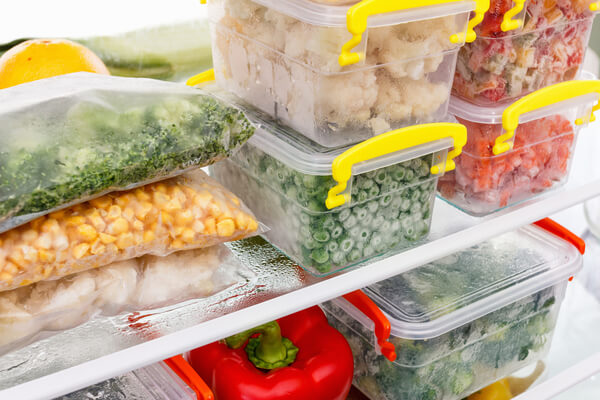
Most people have a wide variety of various plastic containers on hand that they use to store their food inside the fridge. The 20th century saw the rise of Tupperware and other plastic brands during the rise of the plastic industry. Originally, it was a great idea as the plastic containers are durable, disposable, and recyclable – a true triple treat. Lately, opinions have changed as far as utilizing plastic containers is concerned. Plastics tend to contaminate your food and has been linked to the development of cancer. The effectiveness of recycling plastic has also been called into question as the majority of plastic is never recycled and ends up polluting the oceans and the environment. If you’re trying to reduce your carbon footprint, plastic is not the way to go.
2.Glass
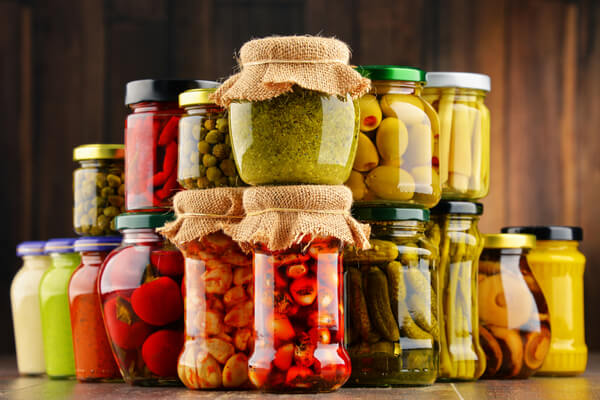
Glass is recyclable, and reusable, while also being see through. You can give your food an eyeball test and check on its condition without opening the seal. Glass food containers have a major drawback. They are not as durable as stainless-steel metal ones. And honestly, cleaning up after a broken glass jar full of mustard or cumin can definitely be a hassle! Also, glass containers aren’t insulated and also absorb sunlight. For Indian spices, opaque jars work well because they retain the aroma and freshness better than the transparent glass jars!
3.Metal
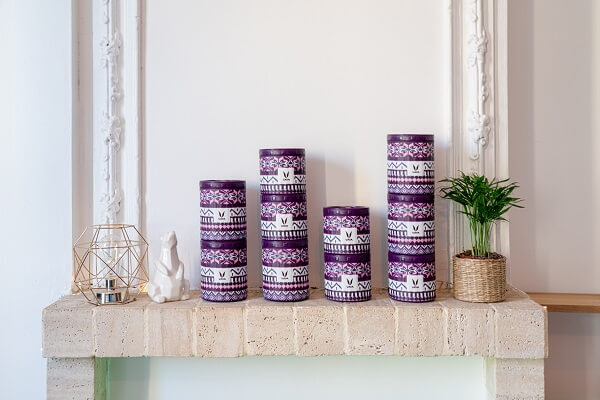
Metal containers are much better for the environment in general because they are durable and long lasting. They are also all recyclable; there will always be an incentive to make use of old metal products. Metal containers also have airtight seals, and will make sure your food remains as fresh as possible. Many stainless-steel containers are also insulated which helps to keep your food fresh even longer.
The Best Tiffin Carriers for Your Lunches
When it comes to picking the best container for storing and carting around your lunch, your options could seem a little bit limited. Lunch containers have a few more requirements than containers that are strictly meant to stay in your kitchen. For the most part, they have to be durable, spill/leak resistant, and portable. They also need to be capable of preserving your food while it’s outside of the refrigerator and it helps if they are insulated as everyone likes a hot lunch.
Keeping these qualities in mind, you pretty much want to stick to using either plastic or metal lunch boxes. Both have their good points and bad points, and ultimately your choice will depend on the type of lunch you plan to pack.
1.Plastic lunch boxes
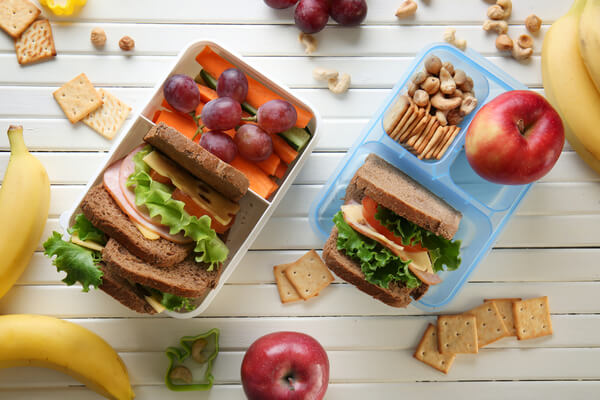
Plastic lunch boxes generally have all the qualities mentioned above. They are durable, lightweight and portable. The problem with plastic lunchboxes is a possible food contamination and having plastic compounds leech into your food. The biggest advantage to using plastic lunch boxes are that they are microwavable, but honestly not everyone is a fan of standing in a queue to reheat their food in the one odd oven kept in pantry!
2.Metal lunch boxes
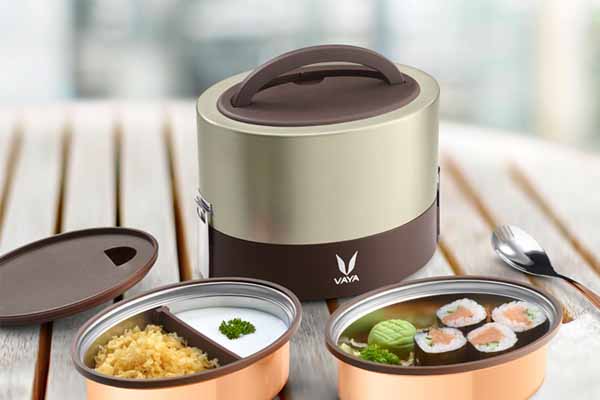
The major unique benefit of utilizing a metal lunchbox is that it can be insulated. You can pack a hot or cold lunch and not have to worry that the temperature fluctuates; hot lunches will stay hot and cold lunches will stay cold. They also tend to be much more flexible than plastic lunch containers as they often have several compartments that you can use to separate your food items. The other advantages of insulated steel lunchbox are that they don’t need a Microwave and yet keep your food warm. Also cleaning up a stainless-steel lunchbox is easier as unlike plastic lunchboxes, they are odor and stain-resistant!
The Best Food Canisters for Your Kitchen Cabinets
A lot of the food you keep in your kitchen doesn’t need to be stored in the refrigerator or freezer at all. Most times, the refrigerator is a fight for space, and you want to save the space for your most perishable foods. This is why it’s important to maximize your cabinet and shelf space as much as possible and use it to store your dried and nonperishable foods such as grains and dried fruits. Like the previous cases, the best container for the job depends on a combination of your personal aesthetic and your needs. Below, are some of the most common food container choices for storing dried foods.
1.Plastic
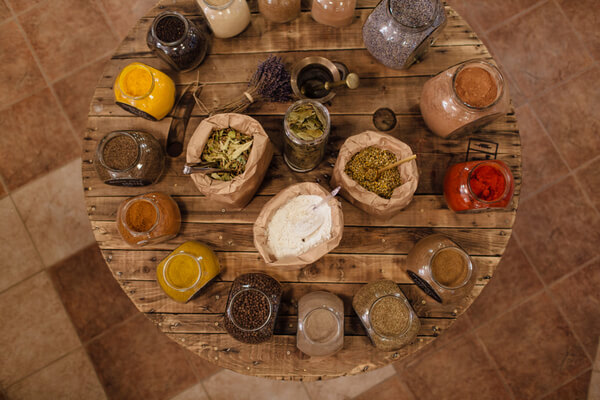
Plastic is a really common option, for preserving dried foods. They are typically see through, and come in a wide variety of shapes and sizes, making them a versatile option for storing and displaying food. They also can be made airtight if fitted with an airtight seal or if they have a vacuum feature to remove any air inside of the container. The biggest drawback to using plastic containers is that they are not as durable as some other options. Eventually, you will have to throw the container away which ultimately will increase your carbon footprint. They are also prone to becoming stained with residue that can be hard to remove, even after washing.
2.Glass
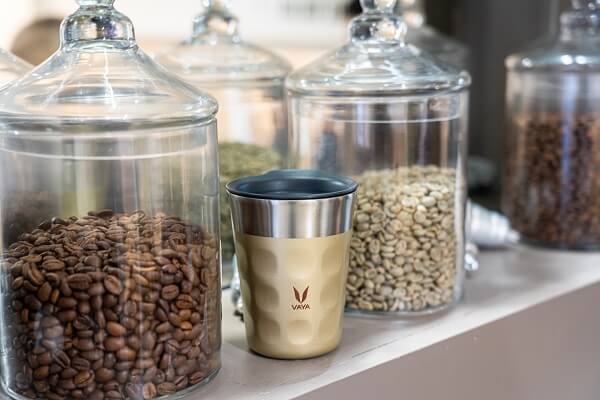
Glass containers come in a variety of shapes and sizes and can be a good addition for your kitchen aesthetic. They’re also extremely see through, meaning you will always be able to tell how much food is inside the container. While using glass jars or containers, you need to be careful. They can crack and break easily, and cleaning up could be a hassle. Just make sure that the glass container you utilize has an airtight seal so that you can maximize the lifespan of the foods you’re holding inside.
3.Metal
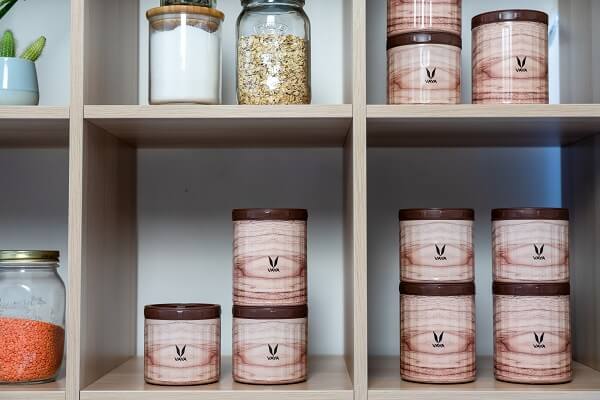
Metal containers are a great dry food storage option because they come insulated, which means that they can extend the shelf life of its contents. Metal containers are also very sleek looking and make for a great aesthetic. You can easily improve the look of your kitchen by investing in a nice-looking pair of metal kitchen storage containers. Also, metal food containers are opaque, which means they are great for storing spices and masalas! Spices and masalas are stored best away from light. The freshness and crispness of the spices are thus preserved better when stored in opaque jars.
Food Jars That are Value for Money
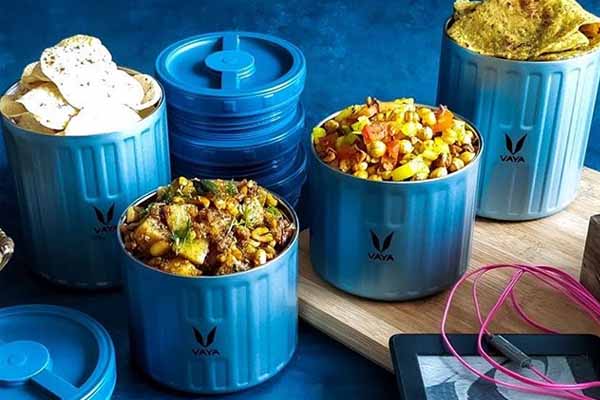
The overall best containers that will give you the biggest bang for your buck is definitely a stainless-steel storage container. Thanks to its insulating properties, it is the best at keeping your food fresh for the longest period of time. They are also extremely versatile and suited for holding complex dishes as well. So, your spice mix, masalas, chutneys, jam or sauce, store them right up in an insulates stainless steel jar and you don’t have to worry about refrigerating them. And your one-pot meals, biryani or curd rice, no other food jar works better than an insulated stainless-steel jar!

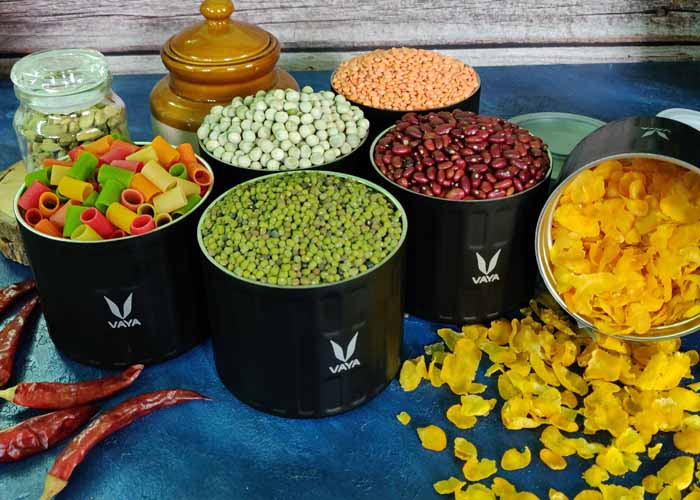

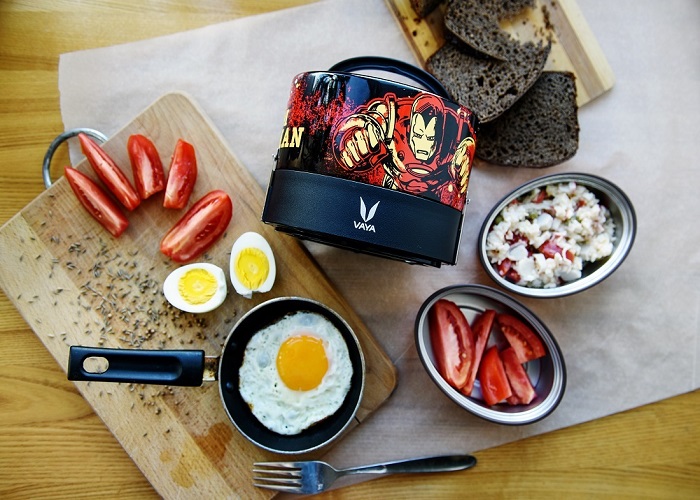
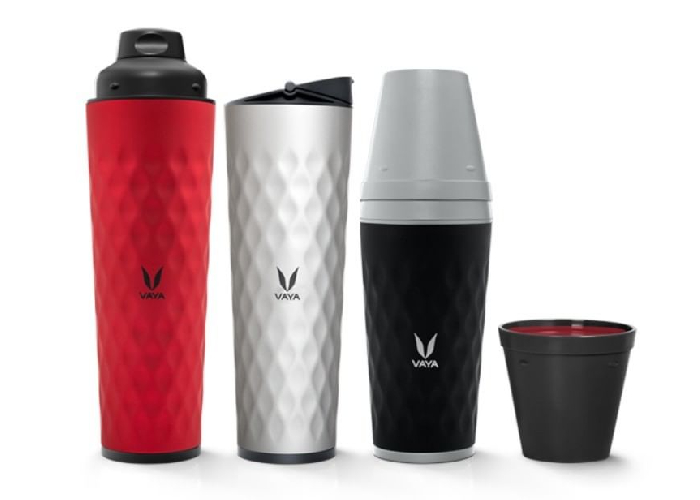
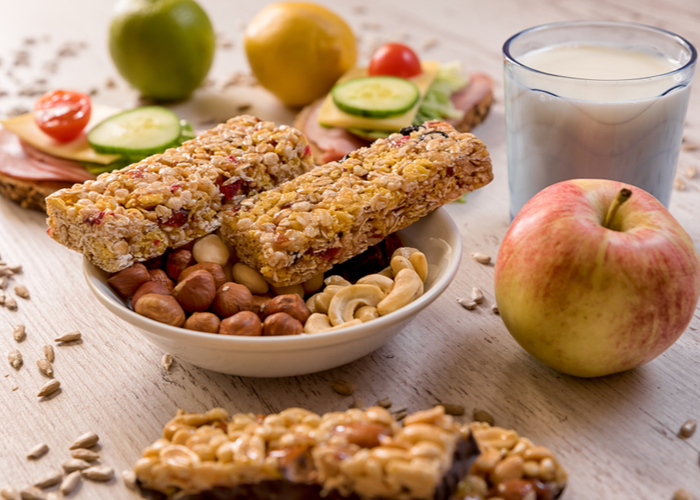


Recent Comments